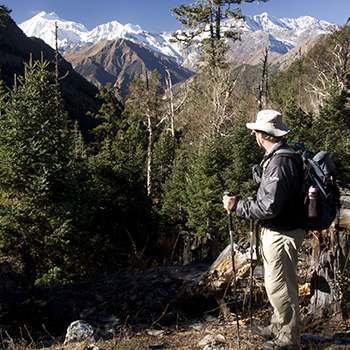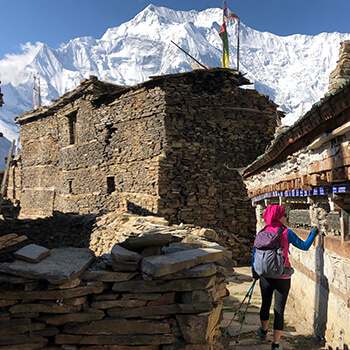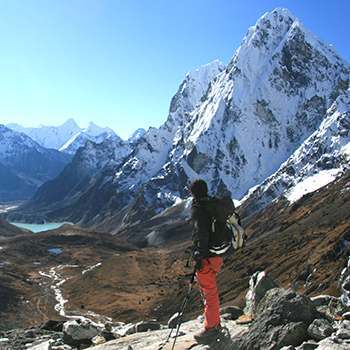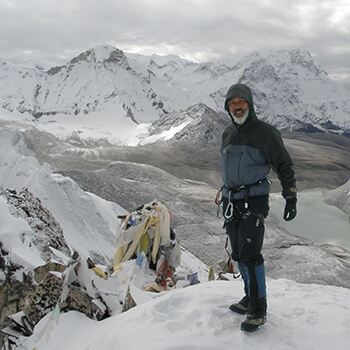MyGHTi Community Tourism Survey
Tell us through the MyGHTi Community Tourism Survey how you feel and what you think about tourism in your community? Good or bad, we’re listening… individuals and communities
The MyGHTi Community Tourism Survey is base on the hypothesis, ‘that individuals and communities primarily identify impacts from a quality of life and liveable environment perspective, and therefore the core social impacts of tourism are essentially the same in any location.’
The purpose of this social impact of tourism survey is to ask the following questions:
- From a community and individual perspective, what are the major issues faced in a tourism destination?
- Is there any pattern to, or similarity between, quality of life and liveable environment impacts in any tourism destination?
- Can social impacts be identified consistently from one tourist destination to another?
It is proposed that this survey be applied in a range of tourist destinations around the world.
The MyGHTi Community Tourism Survey is designed for residents in tourism destinations. It is not designed for people who run travel companies. However, the results can be used to design better tourism products that create positive impacts for the places your clients visit.
Check out our community survey film and report of the Everest Region in Nepal
and do the Community Tourism Survey, we’re listening!
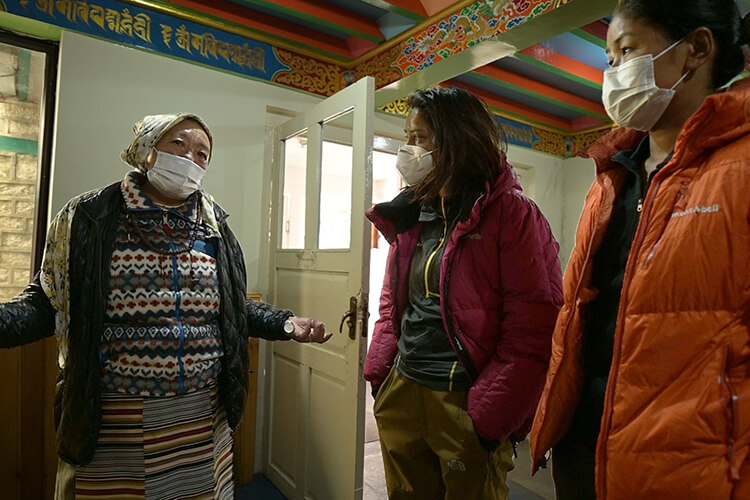
MyGHTi Community Tourism Survey Approach
Research clearly indicates that women provide the majority of fundamental work roles in tourism, for example, waitressing, house-keeping and cleaning, receptionists. These roles need to be combined with management of daily life, especially family units. Additionally, women tend to be primary users of natural resources, in terms of food and fuel, which are sought from their local environment (whether it be a supermarket of forest). As most roles and responsibilities within tourism are considered menial, they are frequently excluded or have low influence in decision making processes and accordingly, women’s issues are marginalised.
Therefore, if we are to examine the social impacts of tourism, it makes sense to focus on women who work in the sector. This does not exclude men from the survey process, just that questions should be orientated towards female issues. The survey could then seek to identify social impacts that would increase female empowerment, autonomy and quality of life, which studies show, would have a significant positive impact on the community in-which they reside.
Despite decades of research into sustainable tourism indicators there is no agreement among academics, nor the tourism sector on which social indicators should be used and the method of applying them within communities. To date, all surveys and indicators developed have relied on participatory surveys with empirical analysis, in an attempt to reduce social impacts to a comparative measure with economic and environmental impacts.
See here for more information about the MyGHTi Project.
See here for more information about the impacts of your trip.
Emancipatory Action Research
In light of these issues, the Myghti Community Tourism Survey takes a different approach, whereby the survey process is dynamic, emancipatory and uses social science principles for relational interpretations. The key goal is to document local perspectives regarding impacts on quality of life and wellbeing in a collaborative manner. To achieve this, the principles of Action Research (Practical Action Psychology) are used to collaboratively develop lines of enquiry. Rather than a traditional participatory questioning-response survey technique, the survey attempts to help the community by:
- Understanding, challenging and developing pathways of change to greater community equity and social justice.
- Identify changes that would liberate, transform and empower individuals and the community as a whole.
- Requires community survey groups to determine their problems, the potential solutions and actions that they can do to remedy problems.
MyGHTi Community Tourism Survey Method
The MyGHTi Community Tourism Survey should be done by those who have a genuine and personal interest in the lives of people who live in communities dealing with tourism. Ideally, academic approaches should be avoided. Humble, personally-engaging surveyors who will actively question and promote discussion, as well as be able to manage any potential conflicts or emotional intensity.
The first contact with each community is used to connect with the community leaders and to do some individual surveys. Timing is then agreed for a community survey, as well as additional individual surveys. Potential connections with other communities should also researched, including how much contact do they have and how do they exchange ideas?
- Individual typically take 30 to 60 minutes. Choose a quiet area, preferably away from interruptions from family and friends
- Community surveys take 60 to 90 minutes. Choose a neutral public place, ideally indoors and where you can avoid interruptions. People will probably come and go, so ask if a school room, community building or another location suits them. Be flexible with timing as those who have busy work in the daytime might only have free time after dark. Try to invite people who will engage with the process, you might have an idea from the individual surveys and through discussion with the community leader. In general, be careful of potential disagreements, de-personalise emotional issues, be sympathetic but unbiased.
- It is a good idea to record contact details for the head-person should you have any need to clarify responses.
For a comprehensive explanation of the survey theory and first application in the Khumbu (Everest) Region of Nepal, see our report –
Try to Use a Facilitator
Ideally, surveys should be conducted with a facilitator and assistant. The facilitator should have a social work or similar background with very strong communication skills. A local assistant with direct community knowledge, language and credibility.
The facilitator prepared a simple introduction of the survey purpose and credentials that put the survey in terms of researching the community’s quality of life regarding tourism, women’s empowerment and the problems they might have… this is the same for both men and women. Offer simple refreshments if it seems appropriate.
If you are taking the survey online, then please take your time and reflect on each question. To get the greatest benefit from the survey process, you should reflect on your role within the community and how the overall community is facing challenges. Try to be as open and honest as possible in your responses.
If Doing The Survey on Your Own
If you do not have a facilitator and want to complete the MyGHTi Community Tourism Survey, then please take your time over each question. The survey is not an opportunity to voice personal grievances and annoyances. Rather it is an opportunity to reflect on the positives and negatives of tourism in your community and get creative about finding solutions to problems. The desired outcome is that you can identify what the problems are, the potential solutions and the action you can do to start fixing them.






